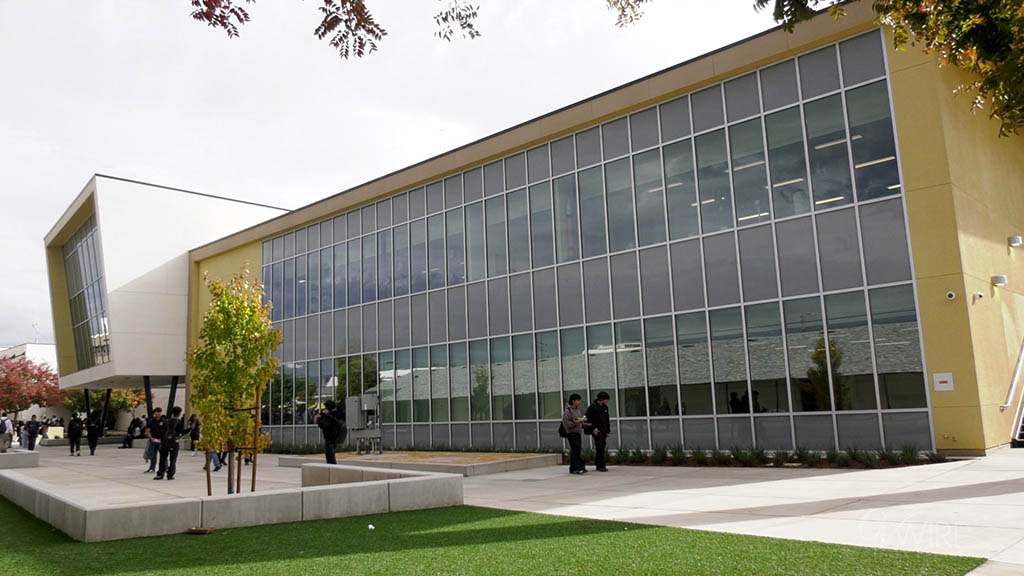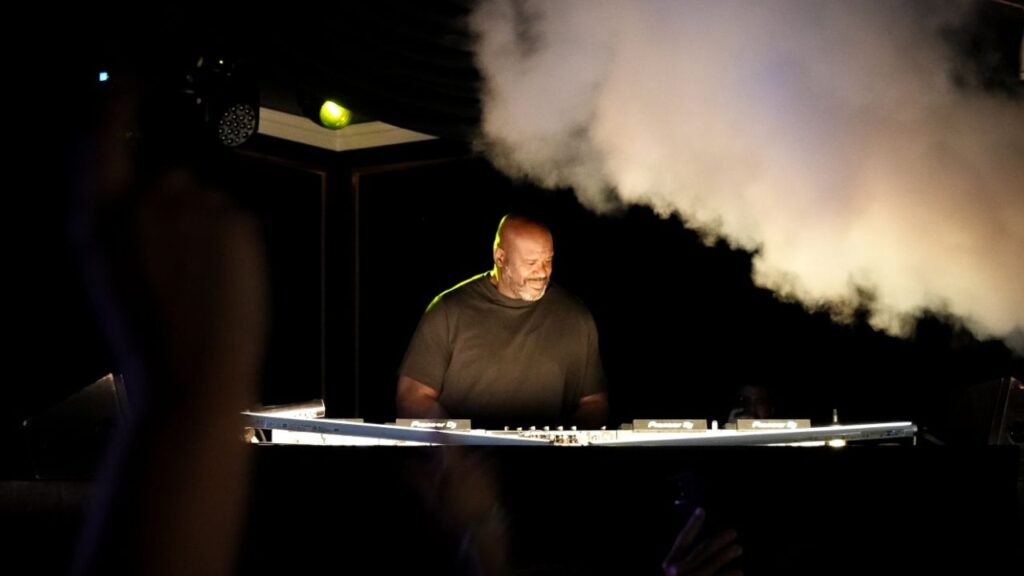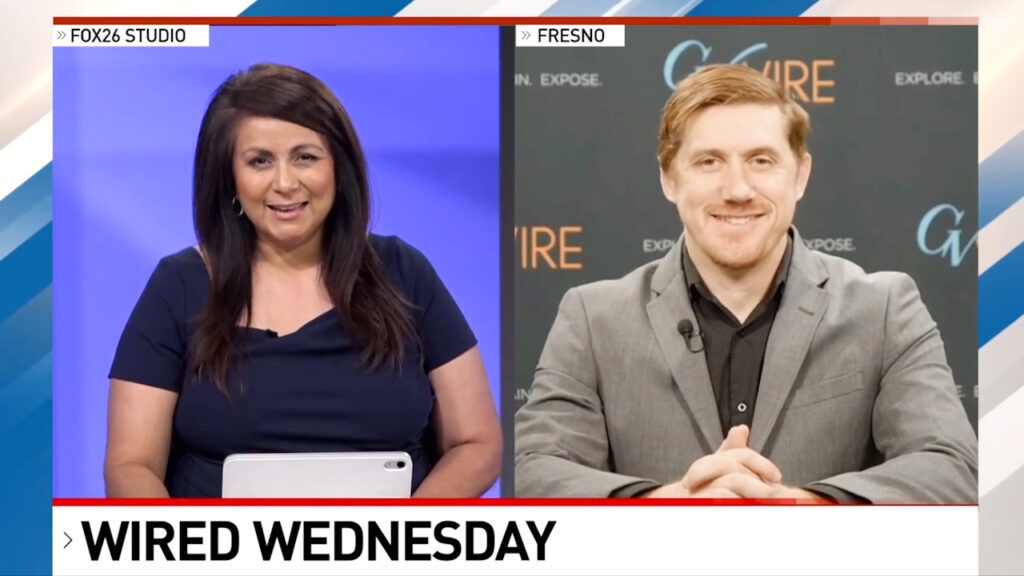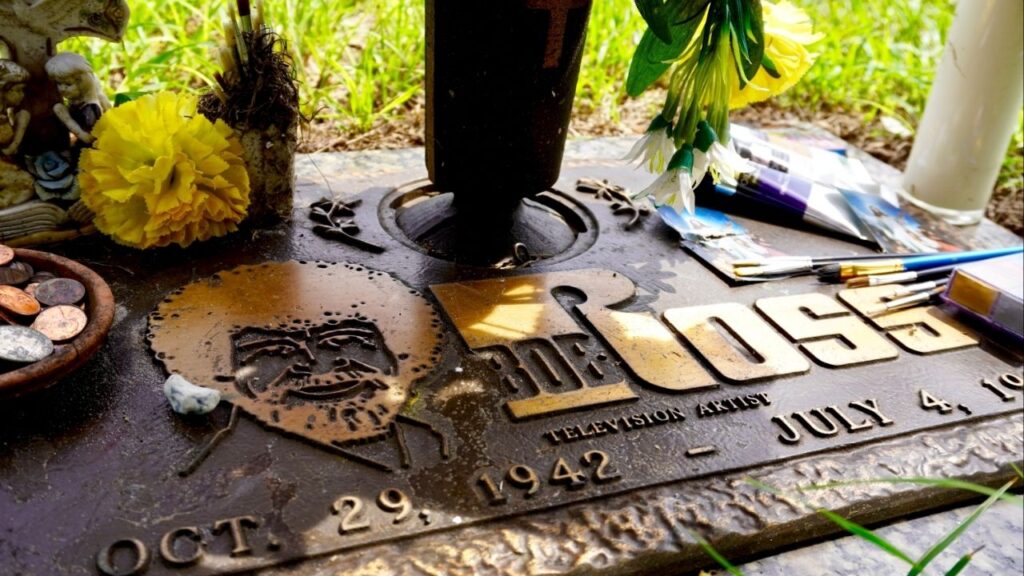Share
Cutting-edge holographic technology will replace the traditional cadaver lab normally used for teaching anatomy when the Valley’s first four-year medical school opens next year.
On Thursday, California Health Sciences University demonstrated the 3D HoloAnatomy system that students attending the College of Osteopathic Medicine will use to explore the intricacies of the human body. Virtual reality-type headsets will give every student a highly interactive learning experience that realistically simulates a body’s structure, organs, and systems.
Revolutionizing Student Learning
In choosing HoloAnatomy, CHSU will eliminate the need to obtain and store donated human cadavers for student instruction.
“Our 3D holographic anatomy curriculum will revolutionize how students learn,” said Leslie Catron, RN, who will manage the medical school’s 20,000-square-foot simulation center.
“Students can use holograms to easily separate and enlarge small organs and functions, giving them access to body systems like never before,” she said.

Immersive ‘Mixed Reality’ Experience
The headsets are wireless, so students are able to move freely around the room, interacting with the hologram, class instructors and each other. The system is described as “mixed reality” because users still can see their actual surroundings while wearing the specialized goggles. With virtual reality systems, often used for gaming, the user experience is entirely artificial.
HoloAnatomy was developed by Case Western Reserve University in Ohio and adopted for use by its school of medicine in 2015. The technology is built on Microsoft’s HoloLens 2 platform, offering what the company calls an immersive mixed reality experience.
CHSU on the Leading Edge of Technology
Dr. John Graneto, Dean of CHSU’s College of Medicine, said the local school is leading the way in expanding implementation of the powerful technology.
“We are proud to be one of the first partner universities in the prestigious program to offer innovative, anatomy education technology to our Valley medical students,” Graneto said. He described the HoloAnatomy curriculum as “truly remarkable.”
CHSU is building its College of Medicine campus on Alluvial Avenue near Temperance and 168 in Clovis. The school is now accepting applications for its first cohort of 75 students, who will begin their coursework in July 2020.


















